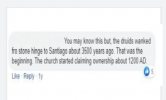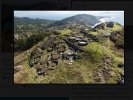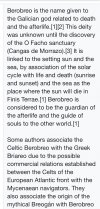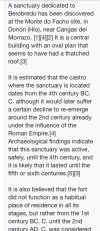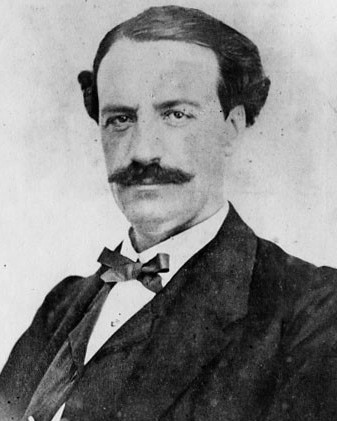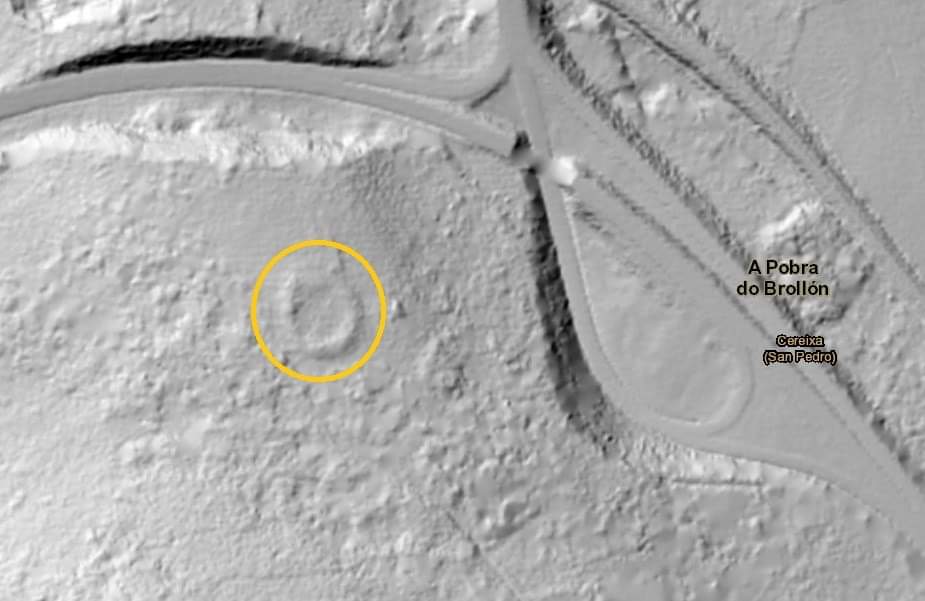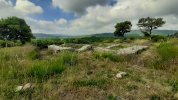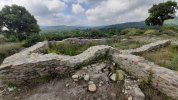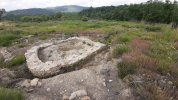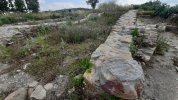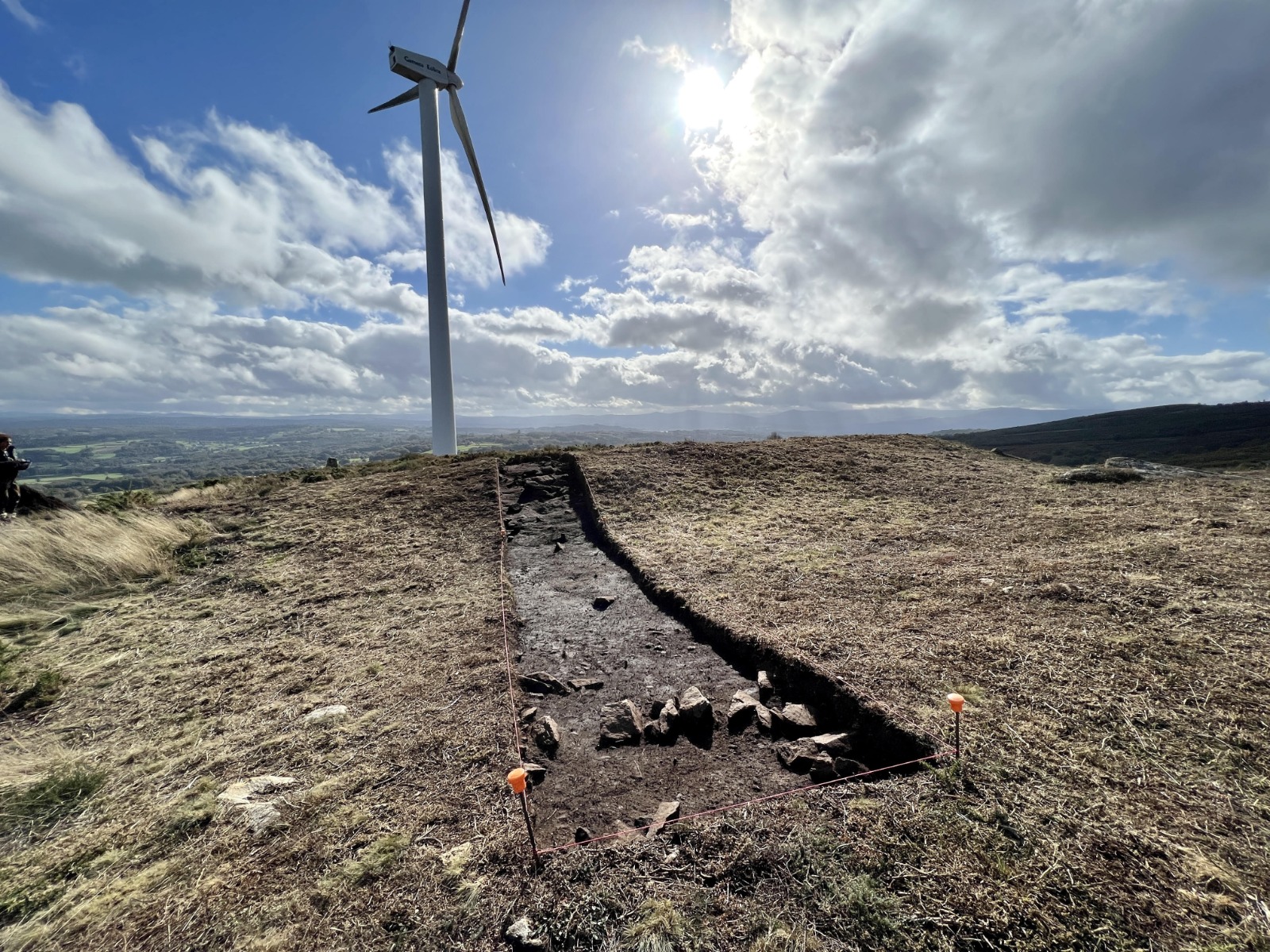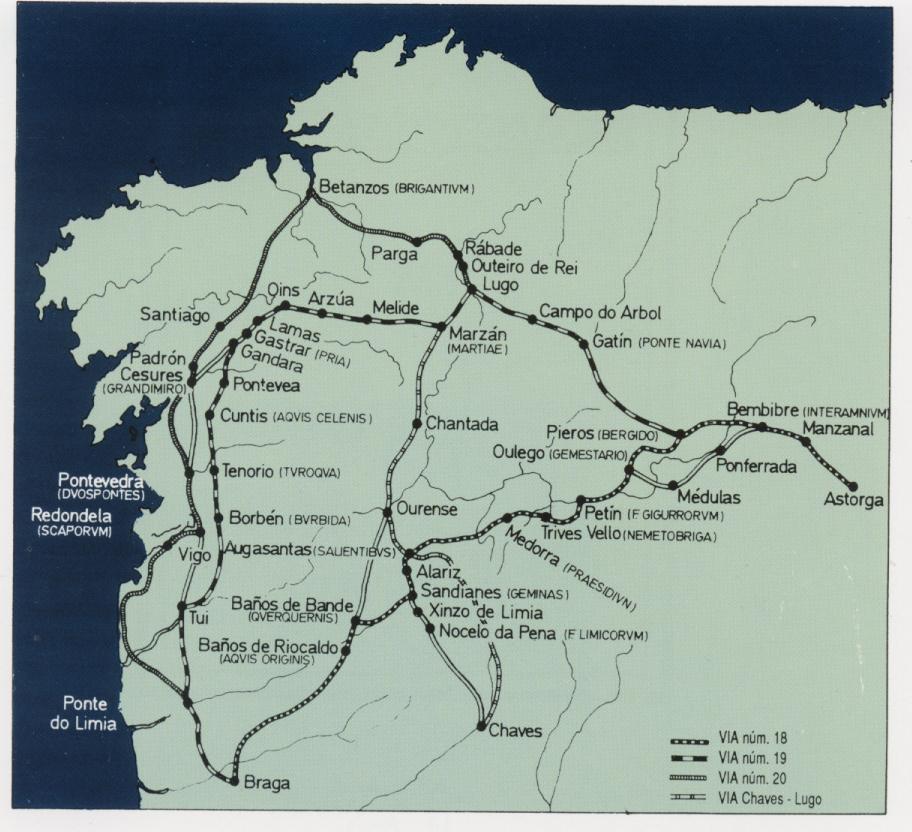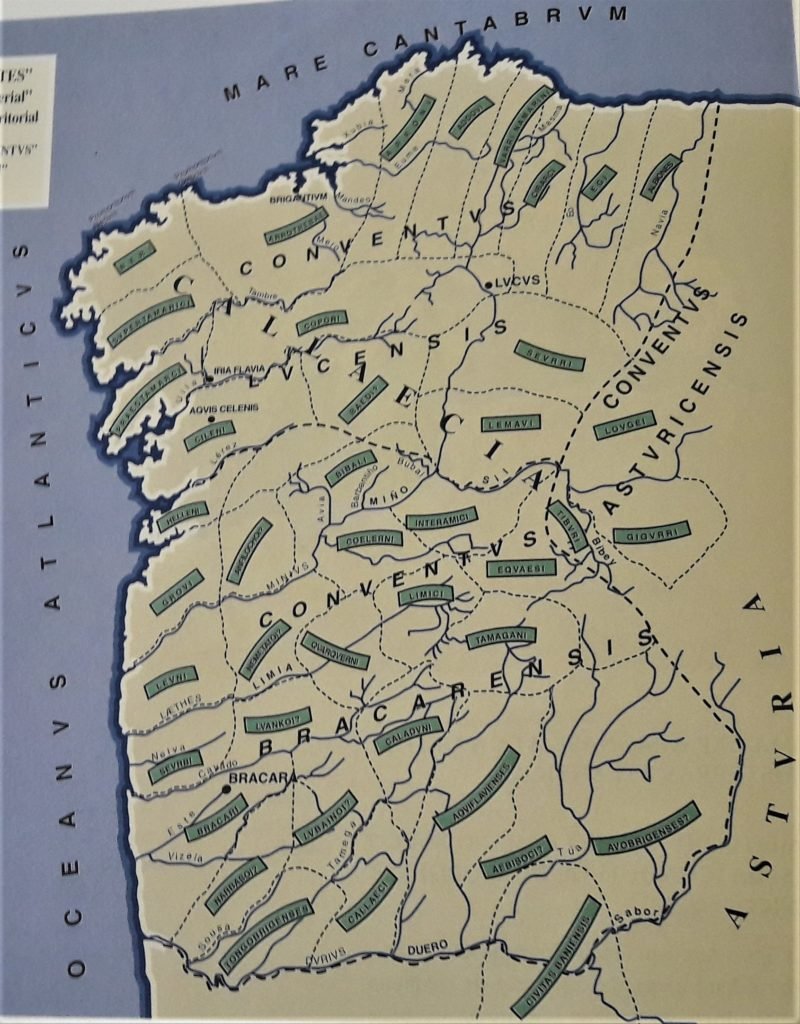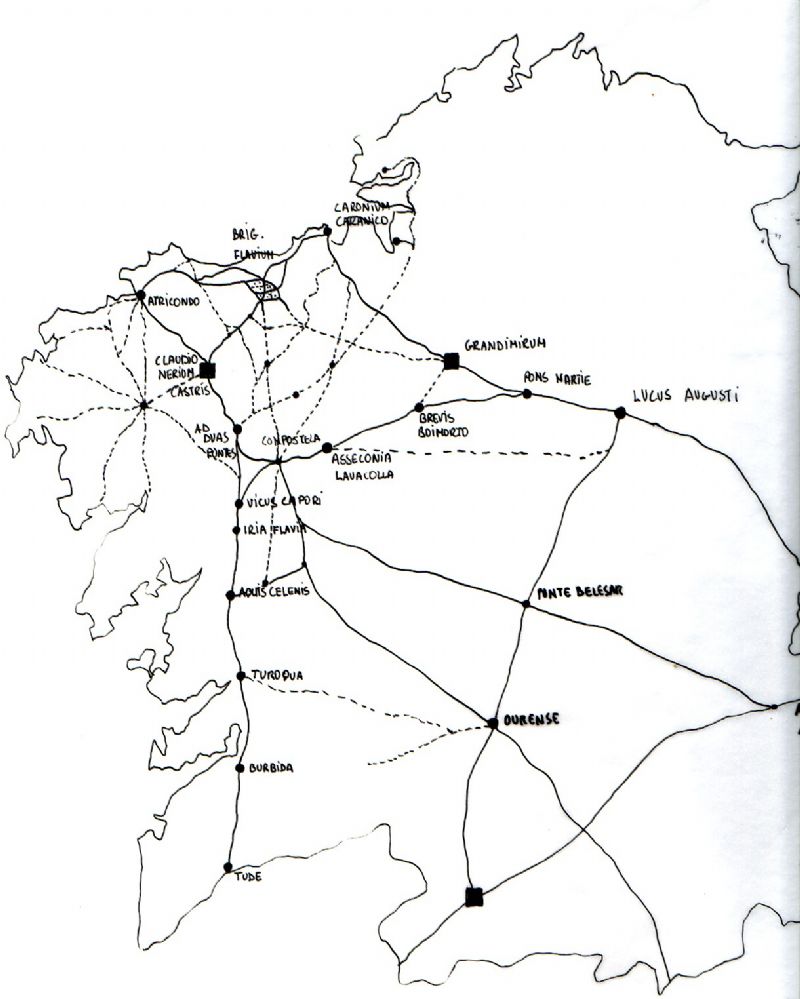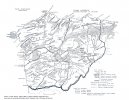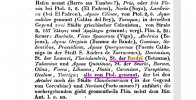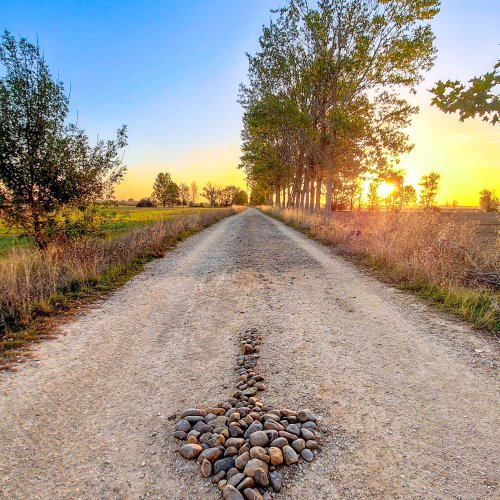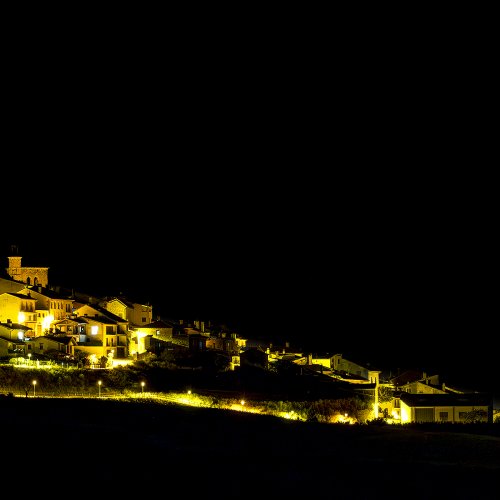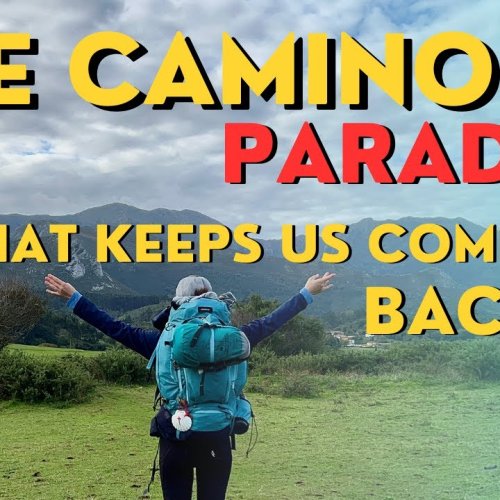I found new treasures

.
As mentioned, I am not so much interested in finding "proof" for or against a pre-Christian or non-Christian Camino or pilgrimage to the Santiago area in Galicia before the year 1100 or so as I am interested in understanding how the contemporary narratives of such a Camino developed, where it all comes from. Because there are today obviously such narratives. Of course I have a personal opinion about the "whether or not" but personal opinions are largely irrelevant.
Much of these narratives, both now and in the more recent past of the last 200 years or so, are focused on Cape Finisterre and on general social and religious contexts for the larger area in northwest Spain throughout hundreds if not thousands of centuries. So here we go:
tesauros.mecd.es
This is a thesaurus of historical geographical names in Spain - a database maintained by the Spanish Ministry for Culture.
Ara solis is not in it but it contains the various ancient names for (presumably) Cape Finisterre including the relevant ancient sources. And in particular: A specific settlement known in Roman times that is listed under the name
Assegonia as one of the many stopovers on the Roman Road XIX of the
Itinerario de Antonino and under the name of
Aseconia as a stopover on the
Itinerario de Astorga II (with details for both names so that you can find check them out in the initial sources). Quote:
Although Assegonia is traditionally related to Santiago de Compostela (it must have been fairly close to where the Cathedral now stands)
there is no absolute certainty, but the place denotes an important communications hub in this area of the northwest peninsular.
Major site on ancient Rome: 6000+ pages, 130 maps/plans, 1200+ images of Roman monuments; texts of Pliny, Dio, Polybius, Appian, Vitruvius, Diodorus…

penelope.uchicago.edu
This website contains, among other stuff, links to
Greek and Latin Texts - 61 complete works or authors from Antiquity (some of them bilingual with English translation). Florus, Pliny, Ptolomy, Strabo, Tacitus - they and their major texts are all there and accessible to all of us here.

ndl.ethernet.edu.et
A fully fledged Springer International Publishing edition that has been put online in digital form by a national academic library and is accessible free of charge !!! This deals with various aspects of
Heritage, Pilgrimage and the Camino to Finisterre. 222 pages in English and published in 2015. Although the focus is not on ancient history and I've only just glanced through it I am confident that I am going to find one or the other pearl.





